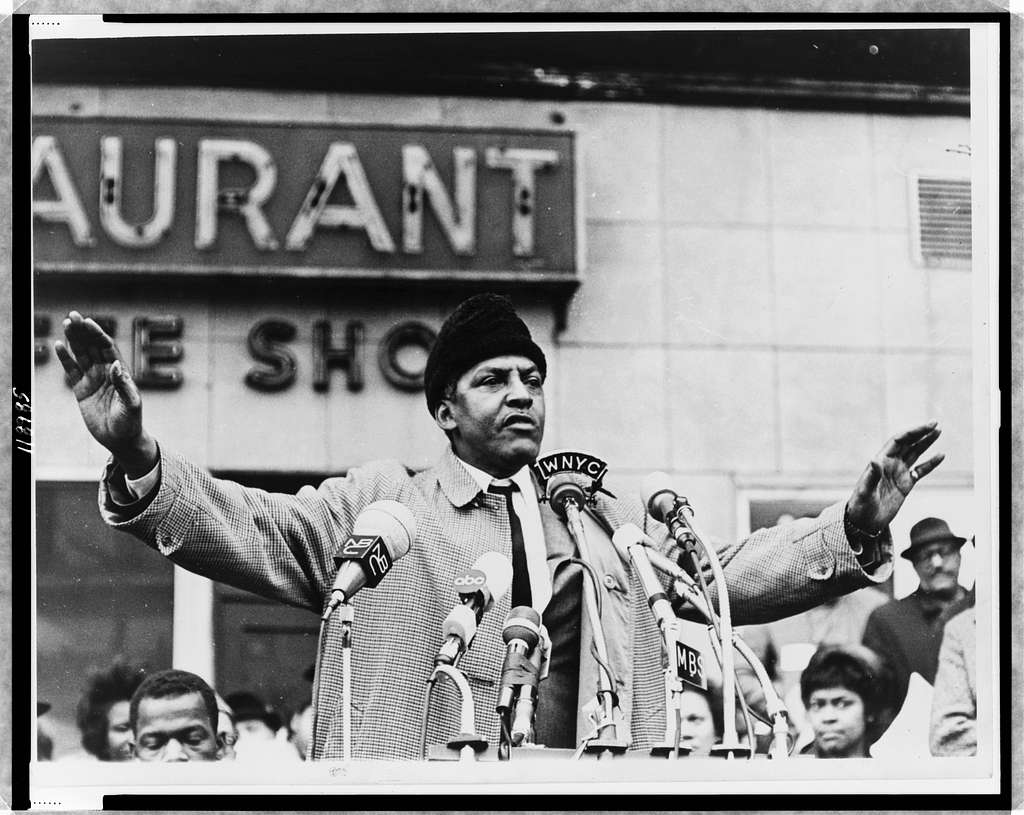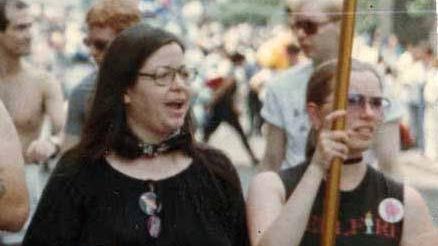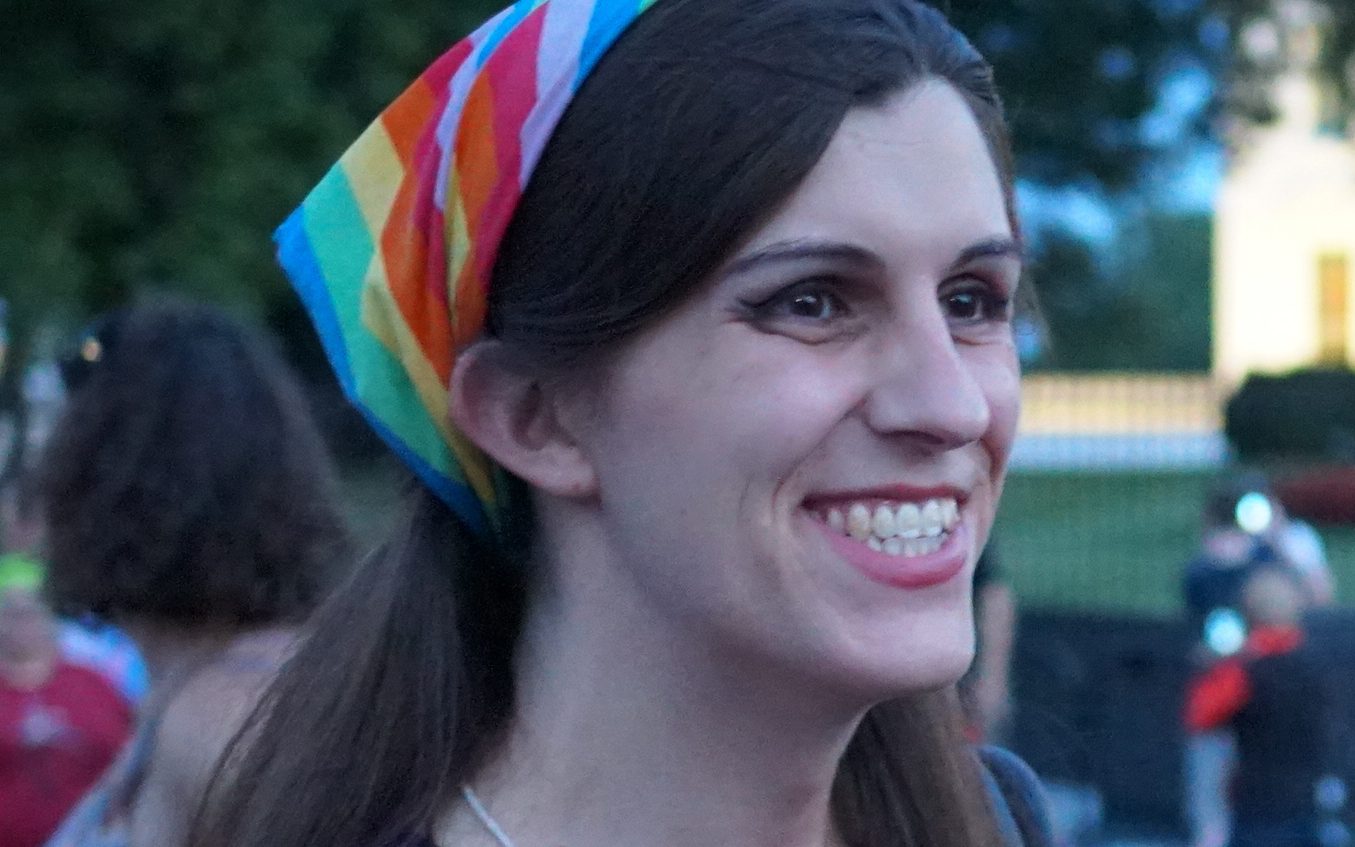Why Young Men in the US Should Pay Attention to and Advocate for the Equal Rights Amendment
July 23, 2024
Pride Month, celebrated annually in June, is a vibrant and inclusive commemoration of the LGBTQ+ community's resilience, struggles, and achievements. It serves as a time for individuals from all walks of life to come together, embrace diversity, and advocate for equal rights. Join us on an illuminating journey through the remarkable history of Pride Month, exploring pivotal moments that have shaped this significant celebration of love, acceptance, and progress.

The Stonewall Inn: A Symbol of LGBTQ+ Liberation. On June 28, 1969, the Stonewall Inn, a popular gay bar in New York City's Greenwich Village, became the epicenter of a defining moment in LGBTQ+ history. Fed up with ongoing police harassment, abuse, and oppression, LGBTQ+ patrons and activists fought back against a routine police raid, igniting the Stonewall Uprising.
"The Stonewall Riots served as a catalyst for the gay rights movement in the United States and around the world."
History.com
The raid at the Stonewall Inn, instead of leading to the usual compliance, sparked a spirited resistance. For several nights, the LGBTQ+ community courageously confronted law enforcement, demanding an end to discrimination and harassment. The uprising became a turning point, galvanizing the modern LGBTQ+ rights movement.
Following the Stonewall Uprising, LGBTQ+ activists formed organizations such as the Gay Liberation Front and the Gay Activists Alliance, rallying for civil rights, equal treatment, and societal acceptance. This watershed moment laid the foundation for future activism and propelled the LGBTQ+ community toward increased visibility and progress.
A trailblazing advocate, Harvey Milk, the first openly gay elected official in California, dedicated his life to advocating for LGBTQ+ rights. Milk's unwavering commitment to equality and his tragic assassination in 1978 propelled his legacy as an icon of hope and inspired countless others to fight for their rights.

"I know that you cannot live on hope alone, but without it, life is not worth living. And you ... and you ... and you ... have got to give them hope."
- Harvey Milk, "You Cannot Live on Hope Alone"

Marsha P Johnson, a self-identified drag queen, played a pivotal role in the Stonewall Uprising, often cited as the person who threw the first brick! Her activism extended far beyond that event, as she co-founded the Street Transvestite Action Revolutionaries (STAR), which offered housing and other resources to trans youth, and tirelessly advocated for transgender rights and the rights of marginalized communities. The Marsha P. Johnson Institute, founded and named in her honor, continues her legacy by advocating for the civil rights and protection of Black transgender people.
Bayard Rustin, an openly gay African American activist, was instrumental in the civil rights movement. He worked closely with Dr. Martin Luther King Jr. to organize the historic 1963 March on Washington for Jobs and Freedom. Rustin's contributions to nonviolent activism and his advocacy for LGBTQ+ rights exemplify the intersectionality of social justice causes.


Brenda Howard, a bisexual activist, is often referred to as the "Mother of Pride" for her instrumental role in coordinating the Christopher Street Liberation Day March and the week of events that followed. Howard's dedication to visibility, inclusivity, and community-building set the stage for Pride Month's future celebrations. (And you can find a listing of Pride events around the country at the end of this post!)
Danica Roem made history in 2017 by becoming the first openly transgender state legislator in the United States. Her election victory sent a powerful message of representation and resilience, inspiring transgender individuals around the world to pursue their dreams and participate in politics. As a state elected official, Danica was instrumental in the movement to ratify the Equal Rights Amendment in Virginia, making it the 38th and final state needed to meet the requirements set forth in Article V of the Constitution.


Pauli Murray, a queer African American civil rights activist, lawyer, and author, challenged gender and racial inequality throughout their life. Murray's work as a legal scholar and their role in shaping the legal strategy for Brown v. Board of Education paved the way for significant advancements in civil rights. Justice Ruth Bader Ginsburg also cited Murray as the creator of many of the foundational arguments that she used to successfully argue sex equality cases before the Supreme Court when she was a young lawyer.
The devastating AIDS crisis in the 1980s and 1990s brought immense loss and suffering to the LGBTQ+ community. In the face of adversity, activists and allies united, demanding medical research, compassionate care, and an end to discrimination. This period marked a significant surge in LGBTQ+ activism and showcased the community's resilience.
See here for a complete timeline of the HIV and AIDS crisis and how it impacted the LGBTQ+ community.

Organizations like the Human Rights Campaign, GLAAD, the Trevor Project, and countless others have played pivotal roles in advocating for LGBTQ+ rights, promoting education, providing support, and amplifying LGBTQ+ voices. Their tireless efforts have contributed to societal shifts, increased legal protections, and greater acceptance of the LGBTQ+ community.
Pride Month's origins can be traced back to the first anniversary of the Stonewall Uprising in 1970 when LGBTQ+ activists organized the Christopher Street Liberation Day March in New York City. This march laid the foundation for what would become known as Pride parades.

"Not knowing what to expect from the public and the police, the participants in the march that stepped off in Greenwich Village numbered about 200 people. By the time they reached their Central Park destination, their numbers swelled to over 10,000 participants. Something was growing within the community, and it was much more public than ever before."
Nps.gov
Over time, Pride parades and festivals have grown into joyous and colorful celebrations that span the globe. They serve as platforms for LGBTQ+ individuals to express their authentic selves and we're here for it! Find a Gay Pride celebration or event near you and show your support and love for the LGBTQ+ community!
And if you want to get involved at a deeper level, check out some of our ERA Coalition partners doing this work on the ground:
Subscribe to our newsletter to stay updated on all things Equal Rights Amendment and equality in the U.S.!
You can also check out these resources for a little more info: